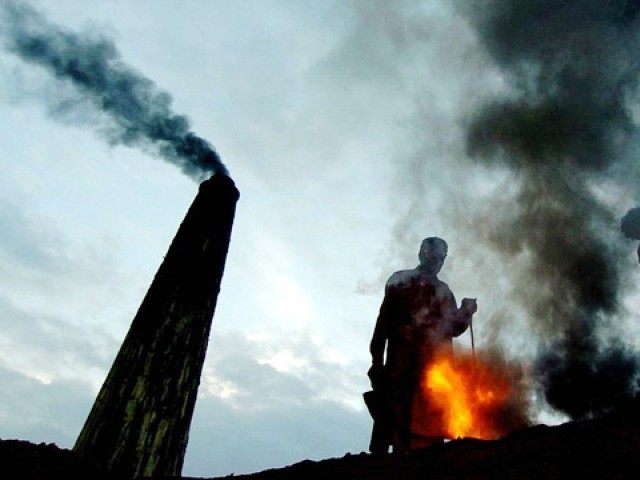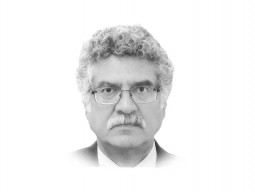
World-wide pollution claimed the lives of 9 million people in 2015 - one in every six deaths that year with almost half of them in India and China. But proportionate to the numbers, Bangladesh beats them all with 26.6% of all deaths, followed by India (24.5%) and (Pakistan 21.9%).
According to the latest report on the issue, published in prestigious The Lancet Medical Journal on Friday, almost all the deaths world-wide (92%) happened in low- and middle-income countries, with air pollution the main culprit, felling 6.5 million people.
As South Asia has embarked on a rapid industrialisation, the region’s top-three most-populated nations account for more than one third (3,117,603) of these deaths. In Pakistan, 311,189 died because of pollution in 2015, according to the report.
“Pollution and related diseases most often affect the world’s poor and powerless, and victims are often the vulnerable and the voiceless,” said co-author Karti Sandilya of Pure Earth, an anti-pollution NGO.
DC urges measures to control pollution
“As a result, pollution threatens fundamental human rights, such as the right to life, health, wellbeing, safe work, as well as protections of children and the most vulnerable.”
With global welfare losses of about $4.6 trillion per year, the economic cost of pollution-related deaths and disease is also concentrated in the developing world. “Proportionally, low-income countries pay 8.3 percent of their gross national income to pollution-related death and disease, while high-income countries pay 4.5 percent,” said the researchers.
Aside from outright poisoning, pollution causes an array of deadly ailments such as heart disease, stroke, lung cancer and chronic obstructive pulmonary disease. The deadliest form, responsible for more than two-thirds of deaths, was air pollution, they added.
This includes outdoor pollution from factory and car emissions, and indoor pollution from wood, charcoal, coal, dung or crop waste being burnt for heating and cooking.
After water pollution in second place with 1.8 million deaths, “workplace pollution including exposure to toxins and carcinogens was linked to 0.8 million deaths,” said the report, which is based largely on 2015 data from the Global Burden of Disease.
These included the lung disease pneumoconiosis in coal workers, bladder cancer in dye workers, and asbestosis and lung cancer in workers exposed to asbestos.
Pollution killed nine million people in 2015: report
“Lead pollution was linked to 0.5 million deaths that resulted from high blood pressure, renal failure and cardiovascular disease,” said the report.
In a separate comment, The Lancet editors Pamela Das and Richard Horton said the report came at a “worrisome time, when the US government’s Environmental Protection Agency, headed by Scott Pruitt, is undermining established environmental regulations.”
The latest findings, they added, should serve as a “call to action”. “Pollution is a winnable battle.... Current and future generations deserve a pollution-free world,” the pair wrote. Pruitt announced this month the US would pull out of former president Barack Obama’s Clean Power Plan.
There was some good news in the report too. Deaths due to water and household air pollution dropped from 5.9 million in 1990 to 4.2 million in 2015, said the report authors, as poor countries became richer.
On the other hand, deaths from pollution associated with industrial development -- such as outdoor air pollution, chemical and soil pollution, increased from 4.3 million to 5.5 million over the same period.




1735040357-0/Untitled-(100)1735040357-0-165x106.webp)
1735071000-0/T-Edit-article-images-(2)1735071000-0-270x192.webp)







1734946202-0/Express-Tribune-(6)1734946202-0-270x192.webp)
1732012115-0/Untitled-design-(14)1732012115-0-270x192.webp)
1734899716-0/image-(15)1734899716-0-270x192.webp)







COMMENTS
Comments are moderated and generally will be posted if they are on-topic and not abusive.
For more information, please see our Comments FAQ